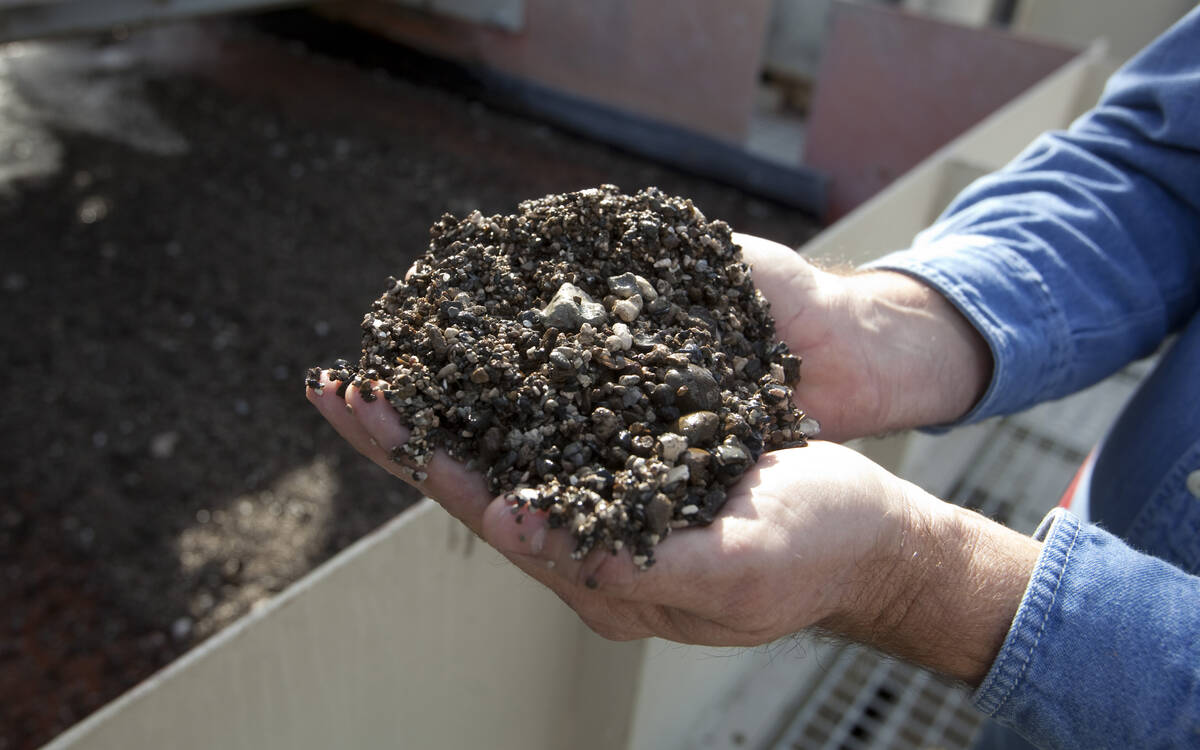It’s official: the bison is the U.S. national mammal.
That not only has North American bison ranchers celebrating the recognition of the native majesty of their favoured type of livestock but has also given them a permanent marketing opportunity.
As well, they hope the new-found fame of the ancient bison can draw in new producers.
“When Costco and Kroger and Safeway all want bison in their meat cases, we need to have more commercial operations,” said Dave Carter, executive director of the U.S. National Bison Association.
Read Also

Phosphate prices to remain high
Phosphate prices are expected to remain elevated, according to Mosaic’s president.
“We really need to get more.”
The U.S. Congress approved the National Bison Legacy Act in late April, and President Barack Obama immediately signed it, making the bison the official mammal of the U.S.
It’s the culmination of years of effort by the U.S. bison industry, Indigenous organizations and wildlife conservation groups, who all think bison deserve more official respect.
Carter said the effort wasn’t just about building a bigger market for bison meat. Bison ranchers have been attracted to the animal because of its uniqueness and complete fit with western North American conditions. The animal isn’t raised in spite of harsh grassland conditions but thrives in them and improves grasslands by their very nature.
However, becoming officially recognized gives producers a chance to build a bigger and more consistent market and convince other livestock producers to give the animal a serious look.
The demand is already there.
“Everybody is struggling to fill their customers’ orders,” said Carter. “Ninety-three percent of our marketers are short of trim.”
However, some cattle producers have been wary of getting into bison after its rapid growth in the 1990s, collapse after 2000 and struggle back into economic sustainability.
Even as bison profitability returned, cattle producers weren’t generally interested in diversifying into bison when they were make great profits on cattle.
“It was a little challenging,” Carter said about trying to entice cattle producers to add bison herds.
“I never could figure out the sales pitch to go to a guy making a lot of money with cattle.”
However, he said incorporating a bison herd seems more attractive now that cattle prices have fallen.
Lenders were also wary of bison after 2000, but Carter said they have been back into the business for a few years now and are willing to support producers building herds.
“We really have a track record to take to the lenders now,” he said.
Carter said the industry doesn’t want to rival cattle production.
“We always want to stay a special part of the market,” he said.















